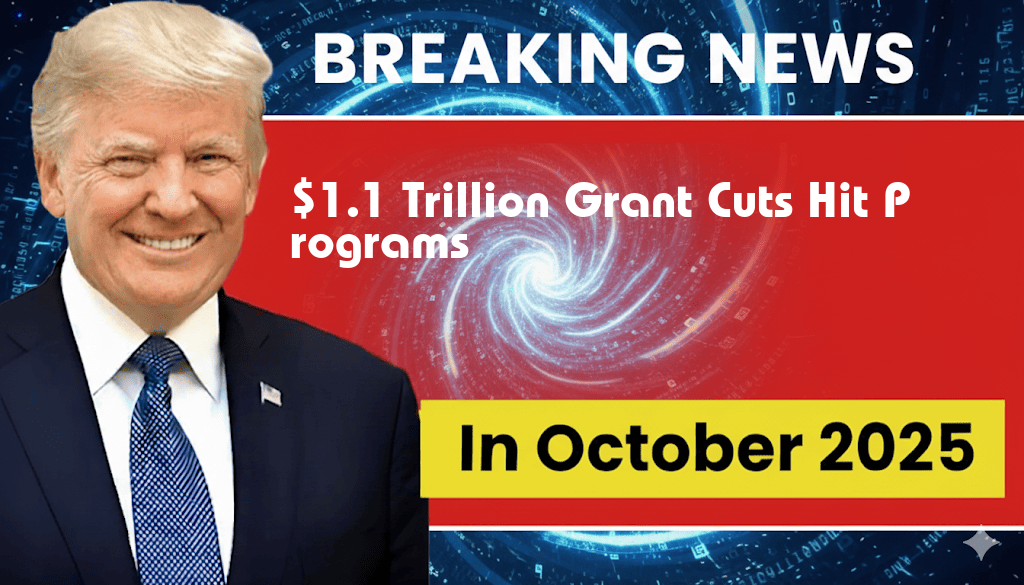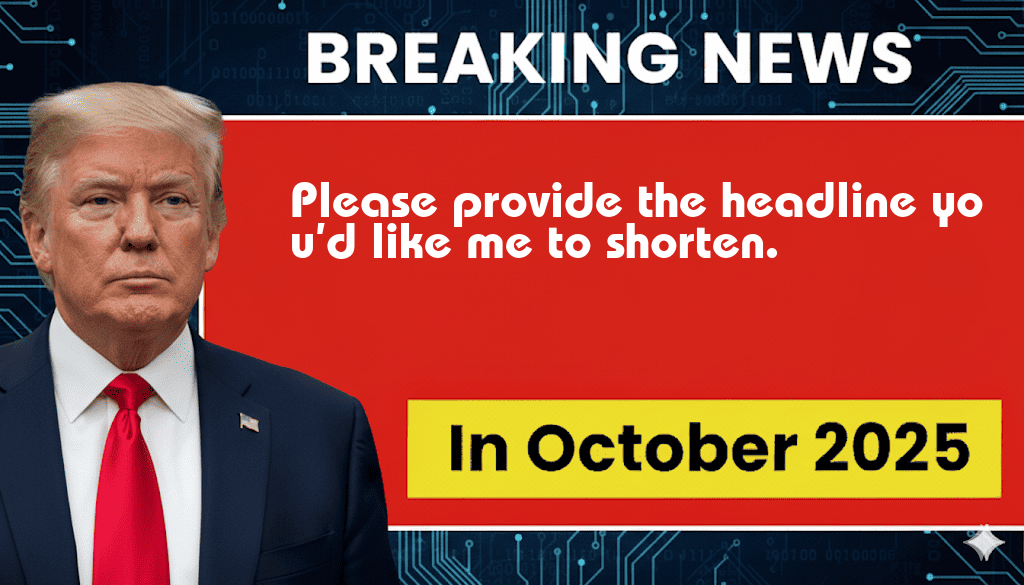In a sweeping move that could reshape the landscape of public services across the United States, the federal government has announced cuts to federal grants totaling a staggering $1.1 trillion. This decision, which aims to address rising national debt and budgetary constraints, poses a significant challenge to a multitude of public programs that rely heavily on federal funding. The affected sectors include education, healthcare, infrastructure, and social services, all of which are expected to face severe reductions in funding. Advocates for these programs are expressing deep concern about the potential repercussions on vulnerable populations and the overall economy. As state and local governments brace for the fallout, questions arise about how they will fill the funding gaps and maintain essential services amidst these unprecedented cuts.
Impact on Key Public Programs
The cuts are set to have far-reaching implications for various public programs. Below are some of the most affected sectors:
- Education: Federal funding for public education, including K-12 and higher education, is projected to decline significantly. Schools that depend on federal grants for resources, teacher salaries, and support services may struggle to maintain quality education.
- Healthcare: Programs such as Medicaid and Medicare, which provide critical health services to millions of Americans, are expected to see substantial reductions. This could lead to increased healthcare costs for low-income families and reduced access to necessary medical services.
- Infrastructure: With infrastructure projects already facing delays, cuts to federal grants could halt or slow down essential improvements in roads, bridges, and public transportation systems, impacting economic growth.
- Social Services: Social safety nets, including food assistance programs and housing support, may be drastically affected, which could exacerbate issues of poverty and homelessness.
Reactions from Stakeholders
Officials at various levels of government have voiced their concerns regarding the cuts. State governors and local leaders are particularly alarmed, as they often rely on federal grants to support their budgets. Governor Jane Smith of California stated, “These cuts will undermine our ability to provide basic services to our residents. We need a partnership with the federal government, not further cuts.”
Advocacy groups are mobilizing to respond to these cuts. Organizations focused on education, healthcare, and social justice are ramping up efforts to lobby Congress for a reversal of the funding reductions. According to Forbes, many of these groups argue that the long-term costs of cutting these programs could outweigh the short-term savings, leading to a cycle of increased poverty and economic instability.
Potential Alternatives and Solutions
In response to the funding cuts, some lawmakers are proposing alternative funding solutions. Suggestions include:
- Reallocating existing funds: Some legislators are advocating for a reassessment of current federal expenditures to identify areas where funds could be reallocated to support essential public programs.
- Public-Private Partnerships: Encouraging collaboration between the government and private sector could provide new funding avenues for public projects and services.
- Tax Reforms: Some experts suggest that revising tax policies could generate additional revenue to support public programs without further burdening taxpayers.
Long-Term Consequences
The implications of these federal grant cuts extend beyond immediate funding issues. Experts warn that reduced investment in public services may lead to long-term economic stagnation. For instance, decreased funding for education could lead to a less skilled workforce, while cuts in healthcare could result in higher overall health costs for society.
The federal budget process is complex, and the recent cuts have reignited debates about fiscal responsibility versus the need for social investment. As stakeholders continue to navigate this challenging landscape, the effectiveness of their responses will be crucial in determining the future of public services in the U.S.
Conclusion
As the federal government implements these significant cuts to public programs, the ramifications will undoubtedly be felt across the nation. With state and local governments scrambling to adjust, the focus will remain on finding solutions that mitigate the impact on those who rely on these essential services. The upcoming months will be critical as discussions unfold and stakeholders seek to forge a path forward amidst these challenging financial realities.
Frequently Asked Questions
What are the main reasons for the $1.1 trillion federal grant cuts?
The federal grant cuts are primarily due to a combination of budget deficits, shifting governmental priorities, and a need to reduce national debt. These factors have led to significant reductions in funding for various public programs.
Which public programs are most affected by the grant cuts?
The cuts have heavily impacted healthcare, education, and social services. Programs that rely on federal funding for support, such as food assistance and housing aid, are particularly vulnerable.
How will these cuts impact local communities?
Local communities may face increased challenges as public services become strained. Essential programs may experience reduced funding, leading to fewer resources for low-income families and increased reliance on local charities.
Are there any plans to restore funding to these programs?
While some lawmakers are advocating for the restoration of funding, the future remains uncertain. The government is prioritizing fiscal responsibility, which complicates efforts to reinstate cuts to public programs.
What can individuals do to support affected public programs?
Individuals can support affected programs by donating to local nonprofits, volunteering, and advocating for policies that protect social services. Engaging with local representatives to express concerns about funding cuts can also be effective.



